Wireless communication dominates human life today, but its history as a technology spans less than a century. The two-way radio, also known as the walkie-talkie, changed several fields. Emergency response, warfare, and organizational communication all transformed due to its presence.
Big buttons allow the use of radio even with heavy gloves. Rugged construction helps radios survive in harsh conditions. Depending on the system used, ranges can stretch great distances and still maintain decent voice quality.
Radio users developed codes to make it easier to communicate using these devices. The most common codes, 10 codes, enjoy near-universal use. Whether you’re a resident assistant, hospital employee, or security guard, knowing 10 codes can save you time and make your communication clearer.
Did you land a job where you’re expected to use radio communication codes? Need a refresher on all these numbers? Keep reading and we’ll break down the most common 10 codes and the history of their use.
Is Every Radio Messaging Code Standardized?
No. Different organizations use different codes for the same numbers. What codes as “unexpected fire” for one department may be “coffee break” in another department’s lexicon.
While this might sound overwhelming, some organizations do need issue-specific codes for unique problems. A rural police department will need a quick abbreviation for “escaped livestock” more often than an urban fire department, which will have firefighting radio codes.
Many codes do transfer from one organization to another without incident. If you’re a new paramedic or officer, make sure to review the organization’s list of 10 codes. The other people on the walkie talkies will thank you for your effort.
Are Radio Communication Codes Still Relevant?
Since 2006, the Department of Homeland Security has recommended switching to plain language. Many police and fire departments have made the switch.
As mentioned, not all departments use the same 10 codes. For organizations that coordinate with outside partners a lot, this can damage the clarity of communications.
Organizations that don’t need to talk to other groups so much still use ten signals, though. Ten codes communicate complex ideas fast. In situations where fast, clear communication is necessary, ten codes can help a lot.
Use your best judgment when deciding whether to use a ten code or plain language. As with any two-way radio communication mistake, context matters.
Transmission-Related Ten Codes
The following codes get used in many organizations. They deal with signal voice quality, signal strength, and whether users should continue transmitting.
10-1 indicates that the signal has become weak or inaudible. If you receive a 10-1 message, you’ll need to adjust your walkie-talkie or go somewhere else to send a message.
If you receive a 10-2 code the next time you try to transmit, you’ve found a solution to your signal woes. This indicates that you have good signal strength.
If you use the radio for casual conversation with a coworker or an emergency starts, you might hear 10-3. The precise meaning of 10-3 differs between departments, but it almost always indicates that you should stop transmitting.
One of the best-known ten codes, immortalized in trucker movies, Jackson Browne songs, and even Japanese special-effects show titles, is 10-4. When you hear “10-4,” you know your message has been heard, understood, and acknowledged. This ten code never changes between organizations due to its use in casual conversation.
10-9 also often becomes relevant when determining transmission status. In most organizations, 10-9 requests that the last speaker repeats a message.
Status-Related Ten Codes
These radio communication codes deal with the speaker’s status. While these show up in both general use and police-recommended ten codes, not all of them stay standard across organizations.
Dealing with something a little too heavy to split your attention? 10-6 will inform other listeners that you’re busy.
10-7 and 10-8 serve as a pair of 10 codes. 10-7 indicates that you’re going out of service, while 10-8 indicates in-service. Some organizations add a sub-code, such as 10-7a or 10-7b, to indicate more specific statuses.
10-41 and 10-42, a related pair of codes, indicate that the speaker begins or ends a tour of duty. In some areas, reporting a 10-7 and 10-42 serves as part of a retirement ceremony, indicating a final departure from both the radio and from active duty.
10-12 can indicate both that the user stands by or that the speaker requests that someone else stand by, depending on context.
If everyone on the radio knows you were heading to a specific location, use 10-23. 10-23 indicates that the speaker has arrived at a destination. If your target location hasn’t been mentioned yet, consider something like “10-23 Quad” to indicate you’ve arrived at the Quad.
Finished up with everything? 10-24 indicates that an assignment has been completed.
If a new situation develops that requires dropping everything else, you might hear 10-33. 10-33 often indicates an emergency has begun. Not all departments have adopted this code, though, so double-check before using it.
Information Request Ten Codes
The following ten codes carry requests for more specific information on an unfolding situation. If you’re coordinating responses or approaching a delicate situation, keep them in mind.
10-20 requests someone’s location. In some organizations, “my 20” serves as a similar shortener for reporting one’s location. “We’re 20 Stark North,” for example, would indicate that the speaker sits at the Stark building’s north entrance.
Orders and Requests
These 10 codes serve as direct orders or at least requests for action. These make life much easier for dispatchers and commanders. They may sometimes come with an intensifier, 10-18, which indicates the request is urgent.
In general use, 10-19 indicates the listener should return to a previous location. This one isn’t universal, though, and the Association of Police Communications Officers uses it for making contact with someone instead. Review what your organization uses it for before using it.
Sometimes, you need to reach someone outside the walkie-talkie network or the walkie-talkie isn’t working. 10-21 followed by a name or phone number indicates the listener should make a phone call to that individual.
If even a phone call won’t suffice, 10-25 serves as the next relevant option. 10-25 indicates that the listener needs to meet or report to a specific person.
10-27 and 10-28 deal with vehicle-related information in both common standard systems. 10-27 reports involve a driver’s license or permit information, while code 10-28 notes the relevance of vehicle registration issues.
10-29 requests a records check. This might look for outstanding warrants, documented medical conditions, or something else, depending on the organization.
Hospital Codes
Hospitals have unique messaging codes which they use to give information over both the PA system and the walkie-talkie system. If you work in a hospital, expect to mix these into your communications. As with other radio codes, hospitals haven’t yet standardized these, but many see use everywhere.
Code Red announces that a fire has started somewhere in the building.
Code Blue almost always indicates a medical crisis of some kind. Most hospitals use it for cardiac arrest alone, but some use it for a broader range of urgent medical issues.
Code Gray and Code Silver both announce that a dangerous person has entered the building. In systems that use both, Silver indicates a more urgent threat such as a weapon, hostage situation, or active shooter.
In the event of hazardous materials release or bioterrorism, hospital walkies and PAs refer to a Code Orange.
Other codes, such as Yellow, Purple, Green, and Black, vary from hospital to hospital. Make sure to study what these codes mean for your current assignment before using them.
Penal Codes and the Radio
In some law enforcement jurisdictions, dispatchers and commanders want to know what laws have been violated during an incident. These areas often use the penal code numbers for that crime as a convenient shorthand.
Many departments in California have adopted this system. As with 10-4, some of the California Penal Code designations have leaked into popular culture as an alternative name for the crimes they describe as a result of this use. 187, the penal code for murder, has been featured in hip-hop songs and movie titles in its radio code context.
Code: Cracked
Nearly two decades after DHS recommended the retirement of radio communication codes, departments continue to put them to good use. As long as organizations need to communicate thoughts fast, the ten-code system and others like it will endure. Organization-specific codes help avoid giving too much information to those outside the organization.
For 40 years, we’ve helped fire departments, police departments, and other groups meet their needs for clear communication. We offer quantity pricing for large orders and do our best to give you the best prices on the market. If you need any type of communications technology, contact us and we’ll get everything squared away at a great price.
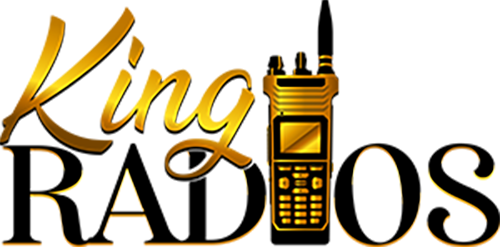
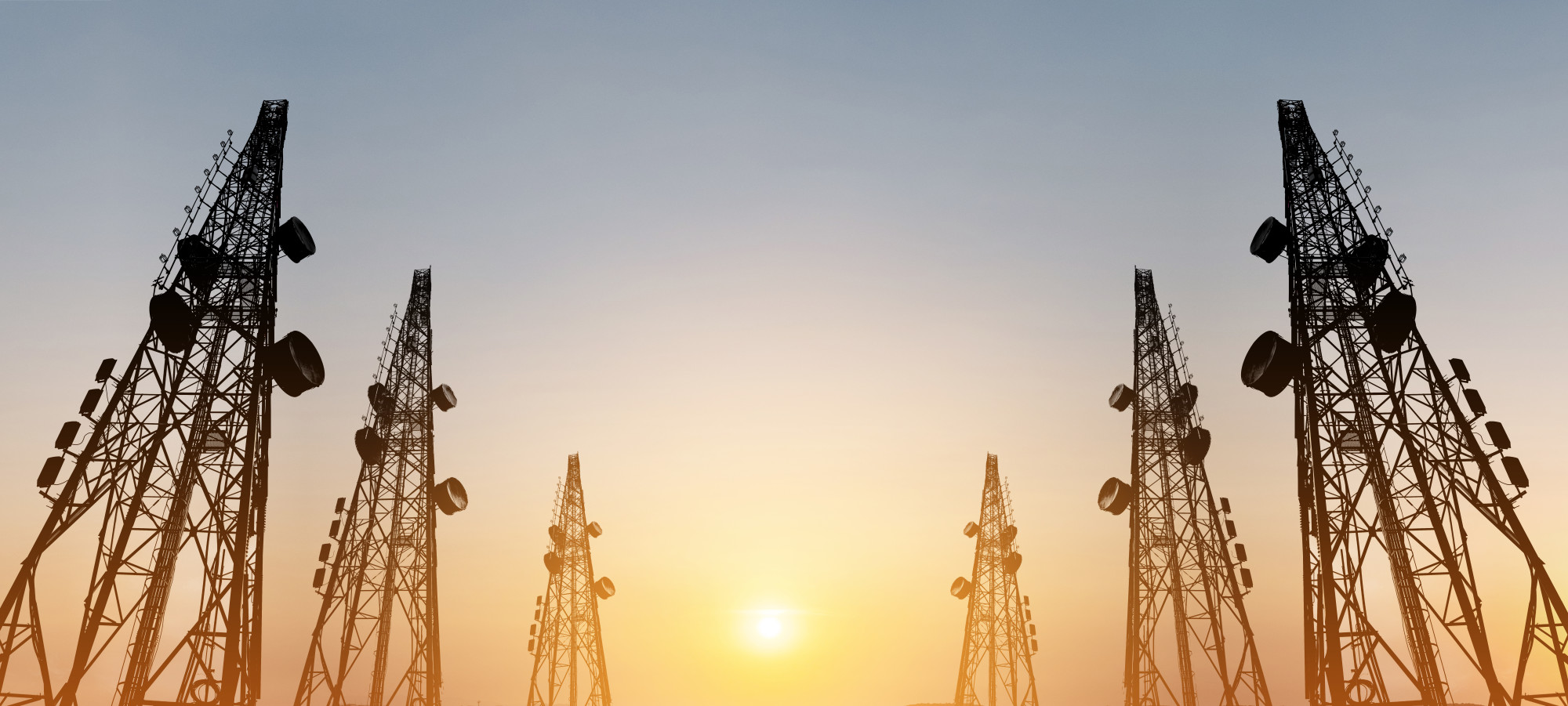


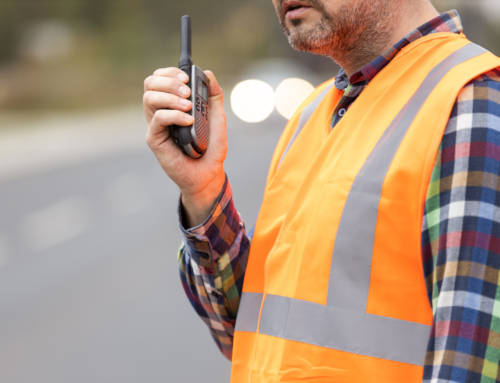
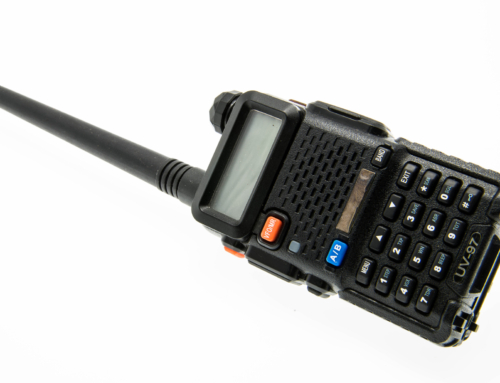
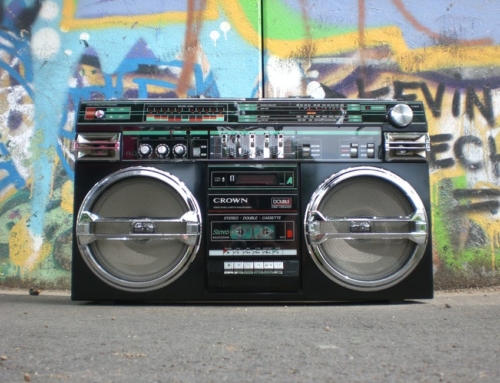
Leave A Comment
You must be logged in to post a comment.